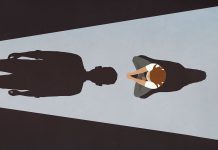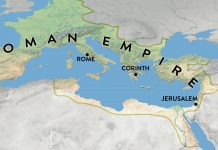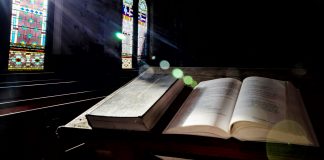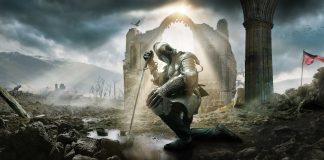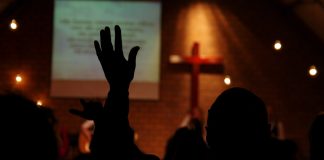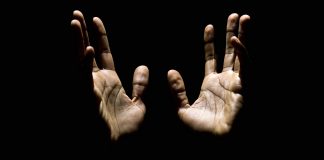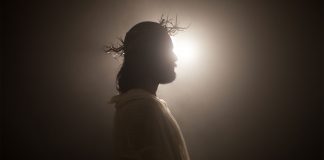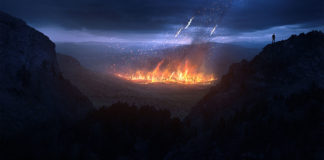Beyond what the eyes can see
There are times when we feel that life is hard and that some challenges are beyond our power. But when we look around us, at people like Ben Underwood, we realise that we are not only unaware of the gifts we have been given, but also of the immense power to enjoy life even when those gifts are denied us.
God’s children… and “grandchildren”
I once heard a Christian warn his community: "God only has children, He does not have grandchildren!" In the postmodern context of relativising values and truths, diverse, strange or syncretic religious forms have emerged and continue to emerge. This is happening to a large extent within Christianity.
Pietism within the Protestant Reformation
Pietism was a movement of spiritual revival that took place between the seventeenth and nineteenth centuries mainly in Germany and Bohemia.
The Ecumenism Files Part II: Ecclesial unity and the terror of medieval (religious) history
The troubled centuries that followed the Great Schism of 1054 and the corresponding climate inside the Christian church gradually gave way to profound shifts in the thinking and spirituality of Europeans.
The Pentecostal movement: Pentecostalism and the Reformation
Pentecostalism has its origin in the Greek word Pentecost, which means “fifty” and refers to the receiving of the Holy Spirit by the apostles on the feast of Pentecost in Jerusalem, followed by speaking in tongues (glossolalia). However, this Pentecostal phenomenon predates the Pentecostal movement which began at the beginning of the 20th century.
Does divorce make us happier than continuing in an unhappy marriage?
At the age of 27, for the first time in my life, I worried that time was passing too fast. For the next few years, the speed with which most of my friends were getting married was the next source of concern.
The rush for speaking in tongues
“The newest religious sect has started in Los Angeles. Meetings are held in a tumble-down shack on Azusa Street...and the devotees of the weird doctrine... work themselves into a state of mad excitement...They claim to have the ‘gift of tongues’ and to be able to understand the babel”.
Thomas Helwys
“For men’s religion to God is between God and themselves. The king shall not answer for it. Neither may the king be judge between God and man. Let them be heretics, Turks, Jews, or whatsoever, it appertains not to the earthly power to punish them in the least measure. This is made evident to our lord the king by the scriptures.” These are...
Jesus, a better hope
The veneration of saints is a very old tradition in Christianity. Many Christians cannot imagine their religion without appealing to saints for guidance, protection, healing and intercession. Less concerned with theological correctness, people seek the company of saints out of loneliness, hardship, sickness, fear, guilt, or disappointment.
Case study in a medical journal: gastroparesis healed through prayer
The relationship between religion and science is complicated, and occasional controversies over healing through prayer have not helped. The tragedy of stories in which refusing medical treatment in favour of prayer ends in death is often exploited in the press to portray religion as rudimentary and backward. That is why it is all the more interesting that a case study attesting to the...
Violence: an exploration of its origins, perpetuation, and eradication
In the US, the shocking news of Charles Manson's death marked the end of a disturbing chapter in history.
Decoding the EU’s connection to end times and Bible prophecy
With news that the far-right Freedom Party (PVV) has won the election in the Netherlands, once again there is talk of an exit from the European Union on the horizon—this time being called “Nexit”.
The end of the world according to Christianity
The idea of the end of the world refers to the end of the social order and humanity; the end of the planet as we know it. But according to the Bible, these will not all come at once.
Is God with me?
"When I was little, I felt that God was with me, but now I feel so lonely! I wonder if God really was with me back then".
The mystery of the incarnation
The birth of Jesus Christ is one of the most significant events in human history. Celebrated at Christmas, by some with emotion, by others with indifference, most of the time the holiday loses sight of the main Character. Religious meanings remain in the shadows, while commercial dimensions are pursued at all costs.


